Home>Gardening & Outdoor>Landscaping Ideas>What Happens If You Touch Grass
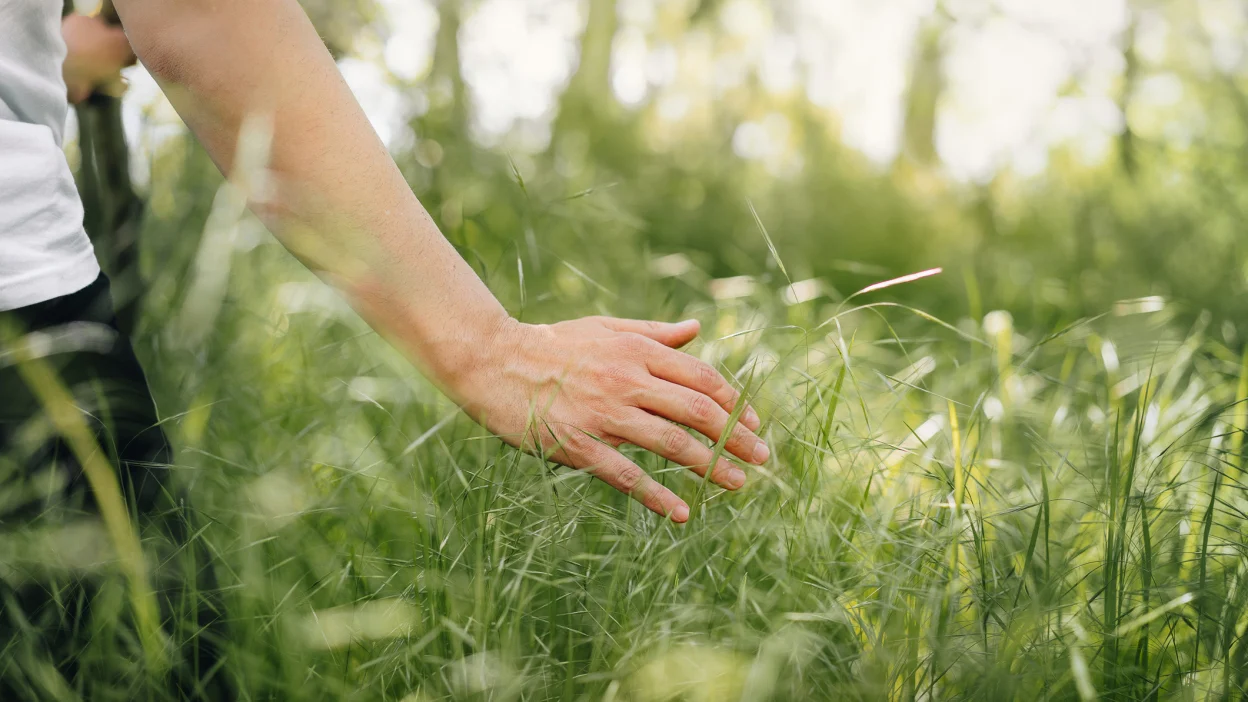

Landscaping Ideas
What Happens If You Touch Grass
Modified: February 18, 2024
Discover the impact of touching grass and explore landscaping ideas to enhance your outdoor space. Uncover the benefits of landscaping and avoid potential risks.
(Many of the links in this article redirect to a specific reviewed product. Your purchase of these products through affiliate links helps to generate commission for Storables.com, at no extra cost. Learn more)
**
Introduction
**
When you reach out and touch the soft blades of grass, it's not just a physical sensation; it's an experience that connects you to nature in a profound way. The act of touching grass can evoke a range of physical, psychological, and emotional responses, and it also has a significant impact on the environment. In this article, we will explore the multifaceted effects of touching grass, from the immediate physical reaction to the deeper psychological implications and the environmental significance. So, let's delve into the world of grass and discover what happens when we reach out and make contact with this ubiquitous and often underappreciated natural element.
**
Key Takeaways:
- Touching grass can make you feel relaxed and calm by stimulating your nerves, reducing stress, and promoting a sense of well-being. It’s like a soothing dance with nature that can help you feel balanced and peaceful.
- When you touch grass, you’re not just connecting with nature; you’re also supporting the environment. Grass helps prevent soil erosion, sequesters carbon dioxide, supports biodiversity, and conserves water. It’s like a hug for the planet!
Read more: What Happens If You Touch Insulation
The Physical Reaction
**
As your fingers make contact with the delicate blades of grass, a sensory symphony unfolds. The soft, feathery texture of the grass gently brushes against your skin, creating a tactile sensation that is both soothing and invigorating. The coolness of the grass can provide a refreshing contrast to the warmth of a sunny day, offering a moment of natural relief.
Moreover, the act of touching grass can stimulate the nerve endings in your fingertips, sending signals to your brain that trigger a cascade of physiological responses. This sensory input can promote relaxation, reduce stress, and even lower your heart rate, contributing to an overall sense of well-being. In fact, studies have shown that direct contact with natural elements such as grass can have a grounding effect, helping to restore a sense of balance and calm in the midst of our fast-paced lives.
Additionally, the physical act of touching grass can also serve as a gentle form of reflexology. The soles of our feet and the palms of our hands are rich in nerve endings that are connected to various organs and systems in the body. When we walk barefoot on grass or simply run our hands through it, we stimulate these nerve endings, potentially promoting better circulation, improved energy flow, and a heightened state of awareness.
From a purely physical standpoint, the simple act of touching grass can have a surprisingly profound impact on our well-being, offering a sensory experience that engages our body and mind in a harmonious dance with nature.
**
The Psychological Effect
**
Touching grass transcends the realm of mere physical sensation; it has the power to evoke a range of profound psychological responses. The act of connecting with nature in this simple yet intimate way can have a transformative effect on our mental and emotional well-being.
One of the most notable psychological benefits of touching grass is its ability to induce a sense of calm and tranquility. The gentle, rhythmic motion of running your fingers through the grass can be meditative, helping to quiet the mind and alleviate stress. This tactile interaction with nature can serve as a grounding practice, allowing us to momentarily detach from the pressures of modern life and find solace in the soothing embrace of the natural world.
Furthermore, touching grass can foster a profound sense of connection and belonging. In a world that is increasingly characterized by digital interfaces and virtual interactions, the act of physically engaging with the earth beneath our feet can serve as a potent reminder of our intrinsic bond with the natural world. This reconnection with nature can instill a deep sense of awe and wonder, nurturing a profound appreciation for the beauty and resilience of the environment.
Moreover, the act of touching grass can evoke a childlike sense of wonder and curiosity, inviting us to explore and engage with the world around us in a playful and uninhibited manner. This sense of openness and receptivity can inspire creativity, introspection, and a renewed sense of vitality.
Ultimately, the psychological impact of touching grass extends far beyond the immediate sensory experience; it encompasses a profound reconnection with nature, a sense of peace and tranquility, and a revitalized perspective on our place within the natural world.
**
Wash your hands after touching grass to remove any dirt, bacteria, or allergens that may be on the grass. This can help prevent skin irritation or infection.
The Environmental Impact
**
While the act of touching grass may seem like a personal and individual experience, it also holds broader implications for the environment. Grass, as a foundational element of the natural landscape, plays a crucial role in sustaining ecological balance and supporting diverse ecosystems.
First and foremost, the presence of grass contributes to the preservation of soil health and stability. The intricate network of roots that permeates the soil beneath the grass helps to prevent erosion, retain moisture, and promote the overall structural integrity of the land. By anchoring the soil and mitigating the impact of environmental forces, grass serves as a vital guardian of the earth’s surface, protecting against the loss of fertile topsoil and the degradation of natural habitats.
Furthermore, grass serves as a crucial component of the carbon cycle, playing a pivotal role in sequestering carbon dioxide from the atmosphere. Through the process of photosynthesis, grass and other plants absorb carbon dioxide and convert it into organic matter, effectively mitigating the concentration of greenhouse gases in the atmosphere. This essential function of grass contributes to the regulation of global carbon levels and the preservation of a stable climate.
Additionally, the presence of grass in natural landscapes supports biodiversity by providing habitat and sustenance for a wide array of plant and animal species. Grasslands harbor a rich tapestry of life, offering food and shelter to insects, birds, small mammals, and other organisms. This vibrant ecosystem not only enriches the natural environment but also supports essential ecological processes, such as pollination, nutrient cycling, and pest control.
Moreover, grasslands play a critical role in water conservation and purification. The dense root systems of grasses enhance water infiltration, reducing runoff and helping to recharge groundwater reserves. In addition, the filtration capacity of grasslands contributes to the purification of water, ensuring the availability of clean and potable water for both human and ecological communities.
Ultimately, the act of touching grass is not just a personal encounter with nature; it symbolizes our interconnectedness with the environment and underscores the vital role of grass in sustaining the health and balance of the planet.
**
Conclusion
**
Touching grass is far more than a fleeting sensory experience; it is a profound encounter that resonates on physical, psychological, and environmental levels. The act of reaching out and making contact with the earth beneath our feet connects us to the timeless rhythms of nature, evoking a sense of wonder, tranquility, and interconnectedness.
From the gentle caress of the grass against our skin to the profound psychological impact of rekindling our bond with the natural world, the act of touching grass offers a gateway to a deeper understanding of our place within the intricate tapestry of life. It serves as a reminder of the resilience and beauty of the environment, inviting us to cherish and protect the delicate ecosystems that sustain our planet.
As we revel in the sensory delights of touching grass, let us also recognize and honor the vital ecological role of this ubiquitous natural element. Grasslands are not merely a backdrop for our leisure; they are dynamic and essential components of the Earth’s biosphere, contributing to the preservation of soil, the regulation of climate, the support of biodiversity, and the conservation of water resources.
So, the next time you find yourself drawn to the lush expanse of grass, take a moment to pause, reach out, and make contact with this living, breathing tapestry of green. Embrace the physical, psychological, and environmental significance of this simple act, and allow it to deepen your appreciation for the intricate web of life that surrounds us.
Touching grass is not just a tactile sensation; it is a profound and transformative experience that reminds us of our inherent connection to the natural world and the responsibility we bear to nurture and protect the environment that sustains us.
Frequently Asked Questions about What Happens If You Touch Grass
Was this page helpful?
At Storables.com, we guarantee accurate and reliable information. Our content, validated by Expert Board Contributors, is crafted following stringent Editorial Policies. We're committed to providing you with well-researched, expert-backed insights for all your informational needs.
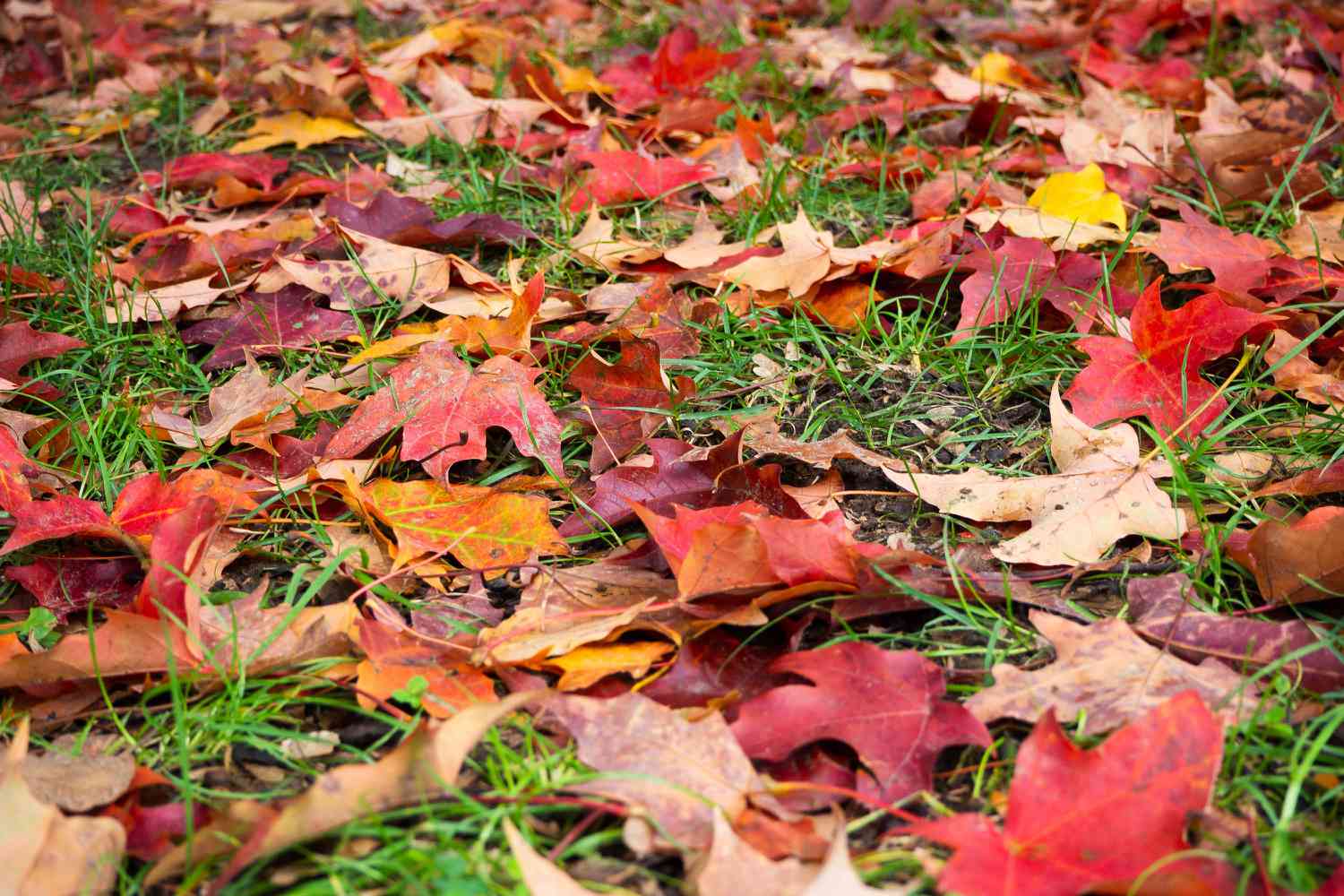
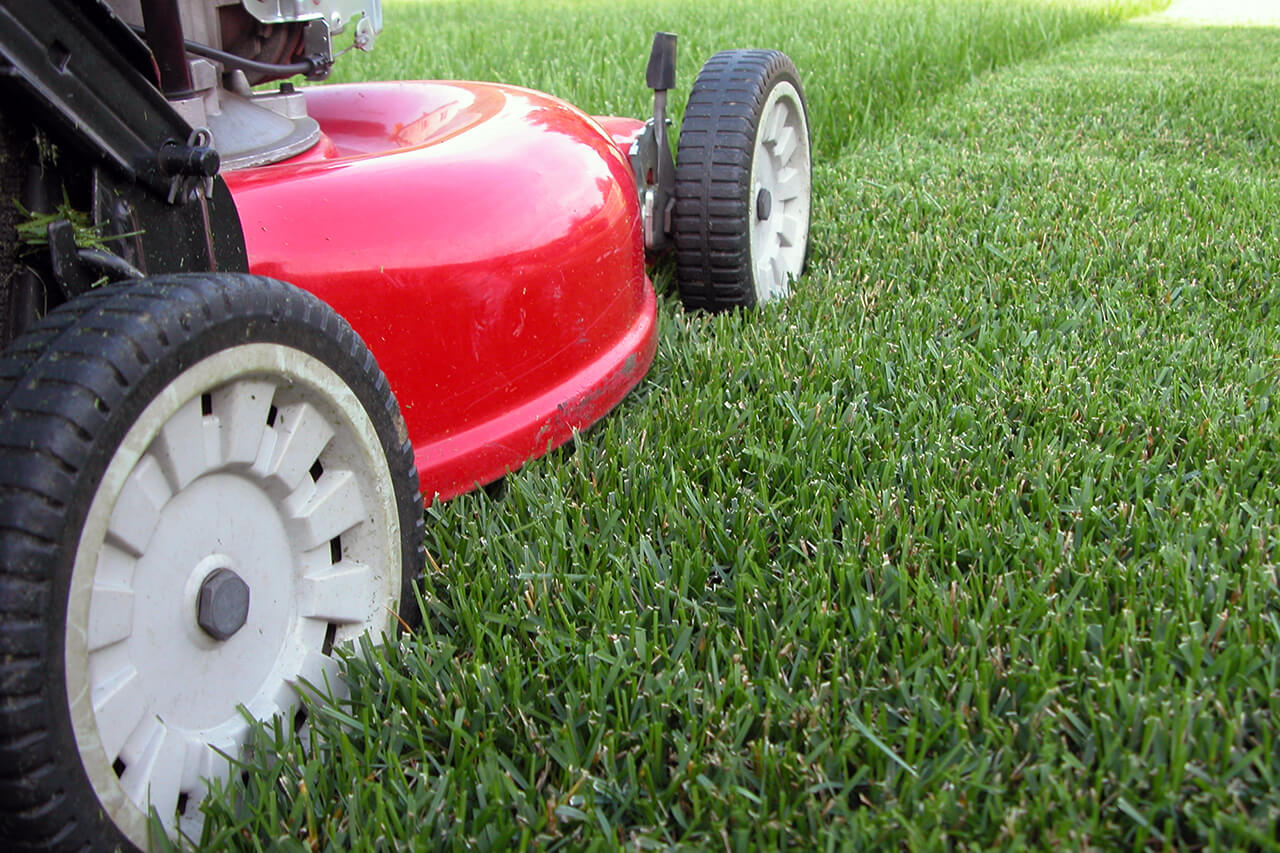
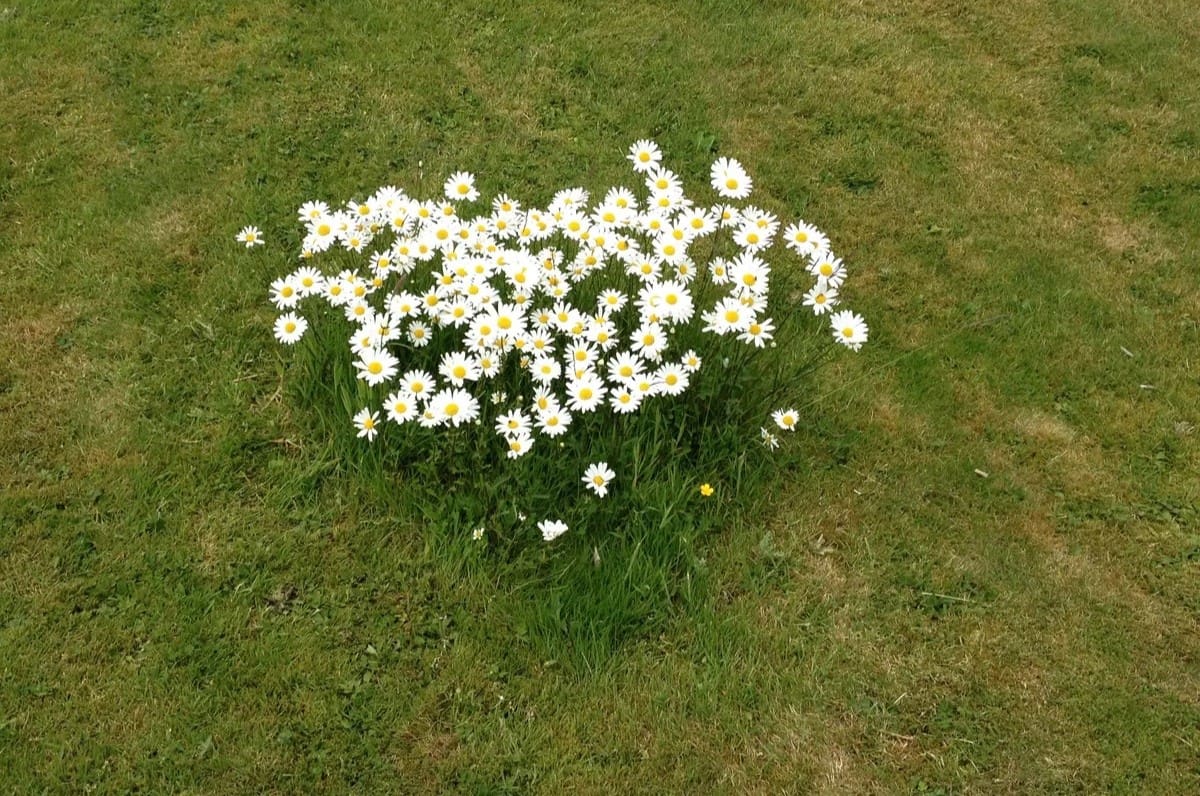

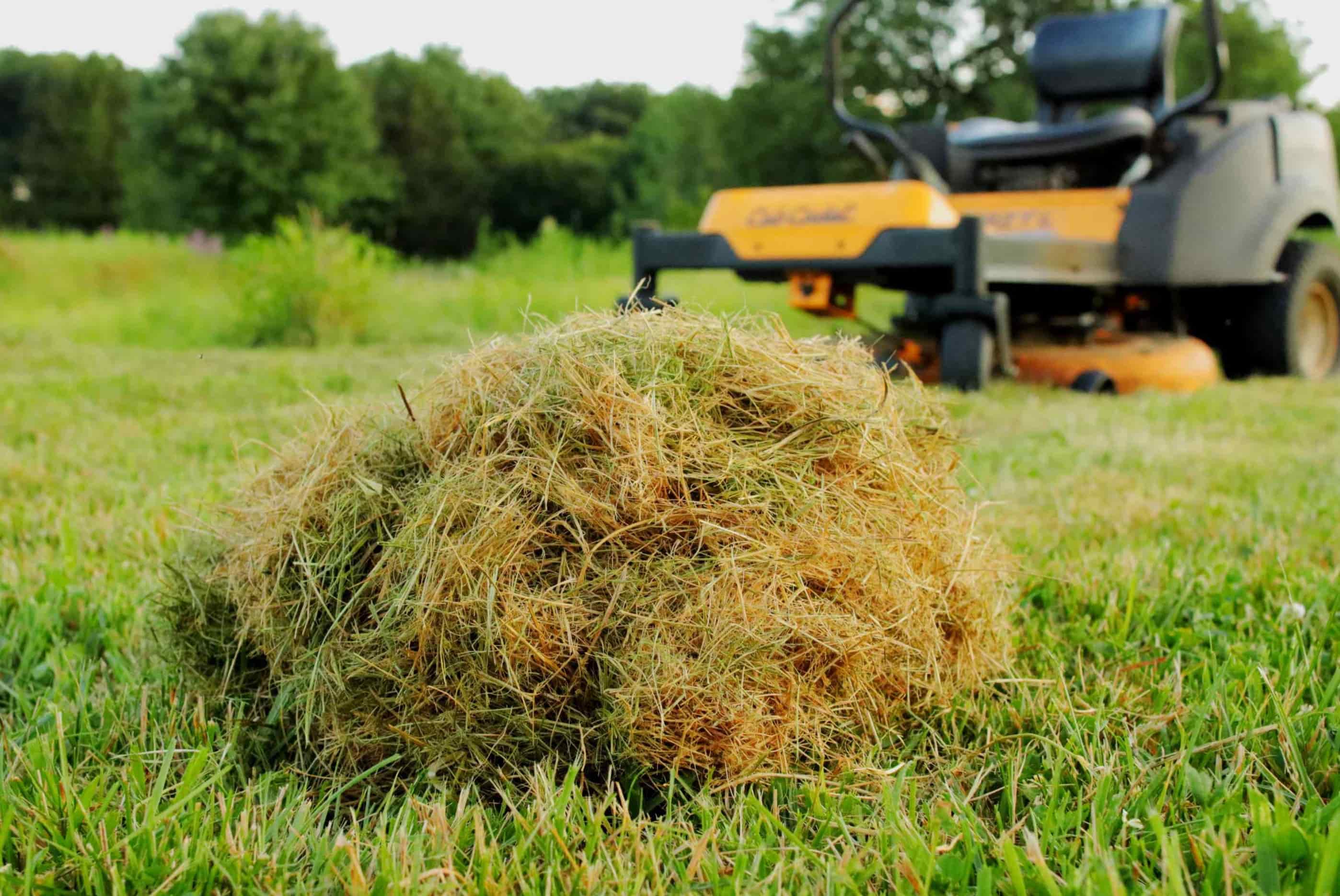
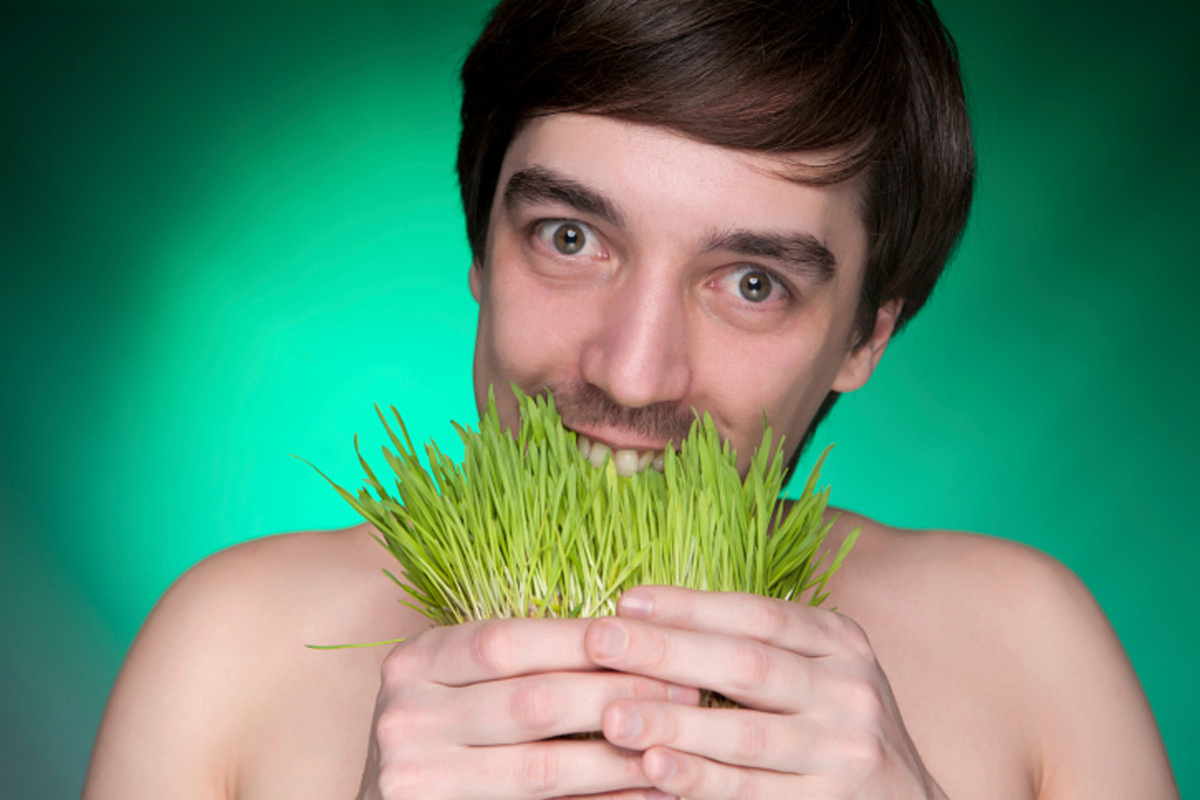


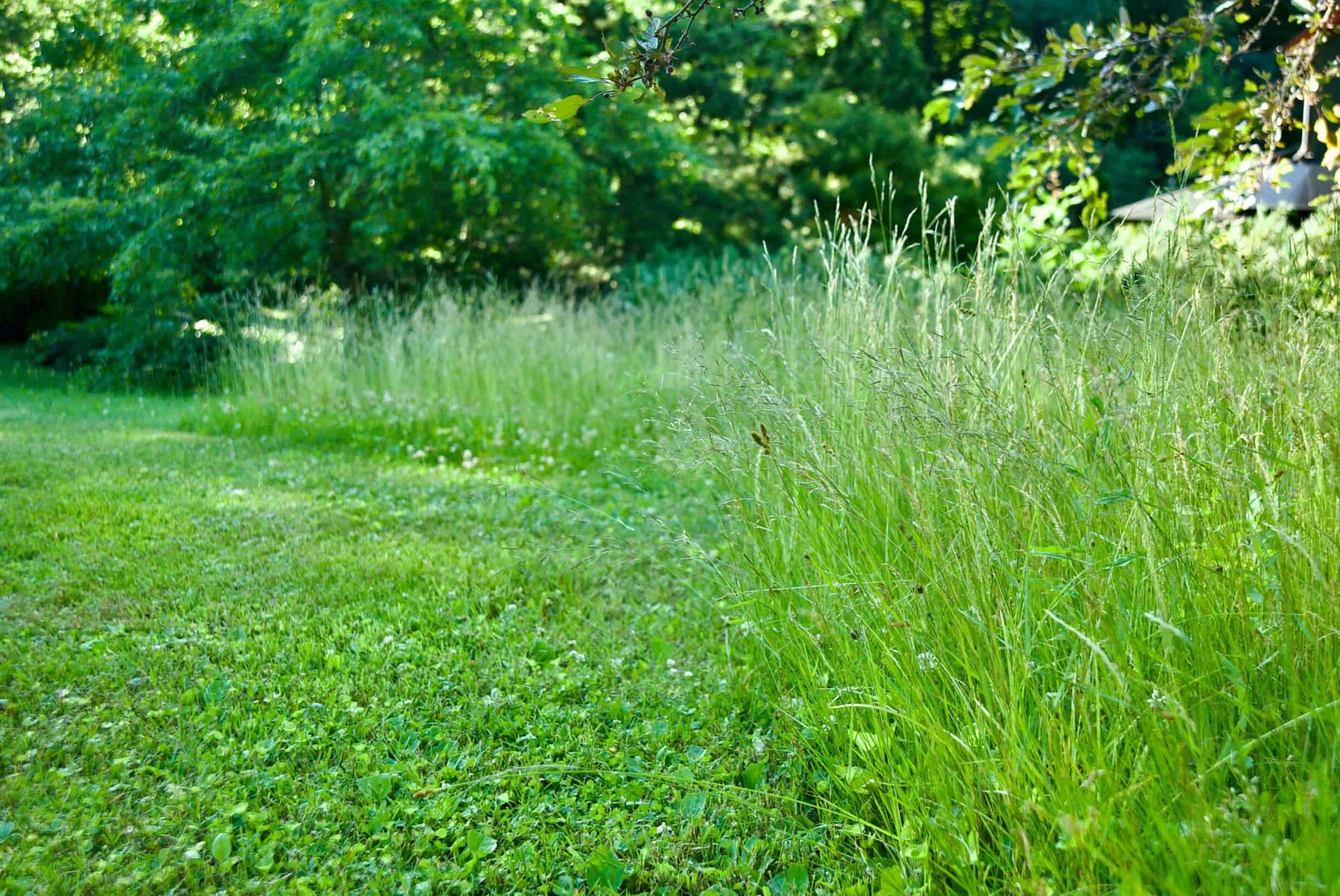
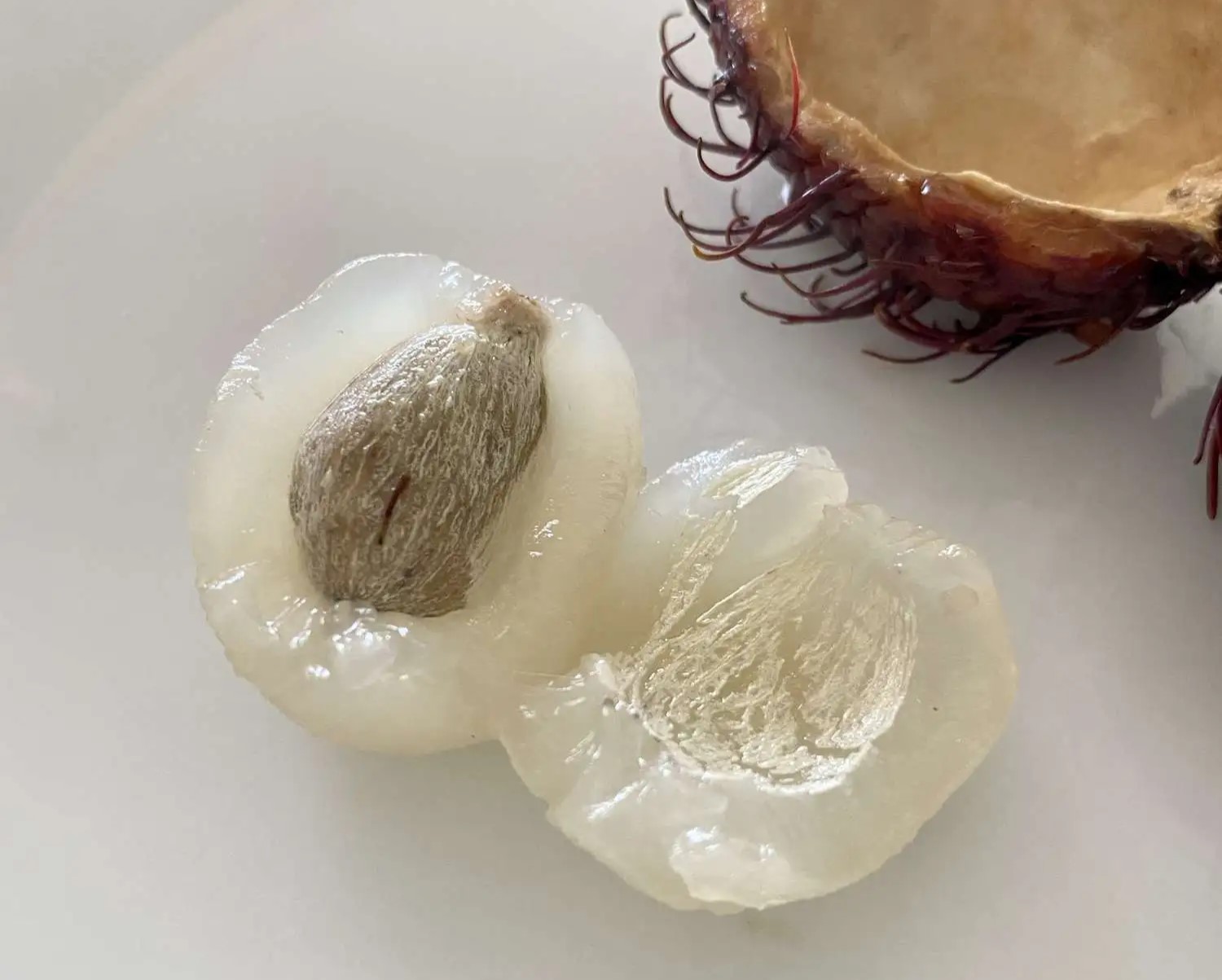
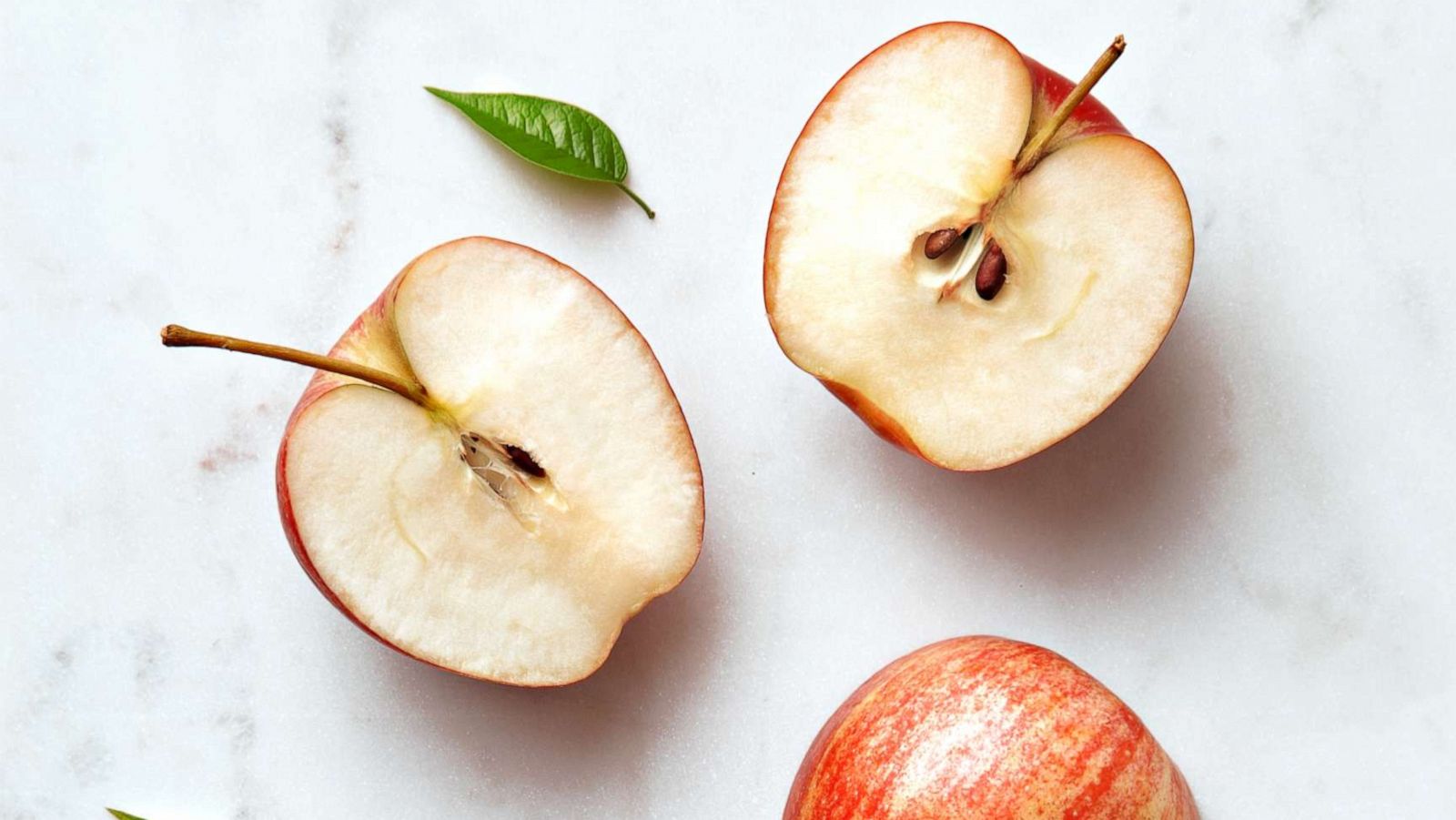
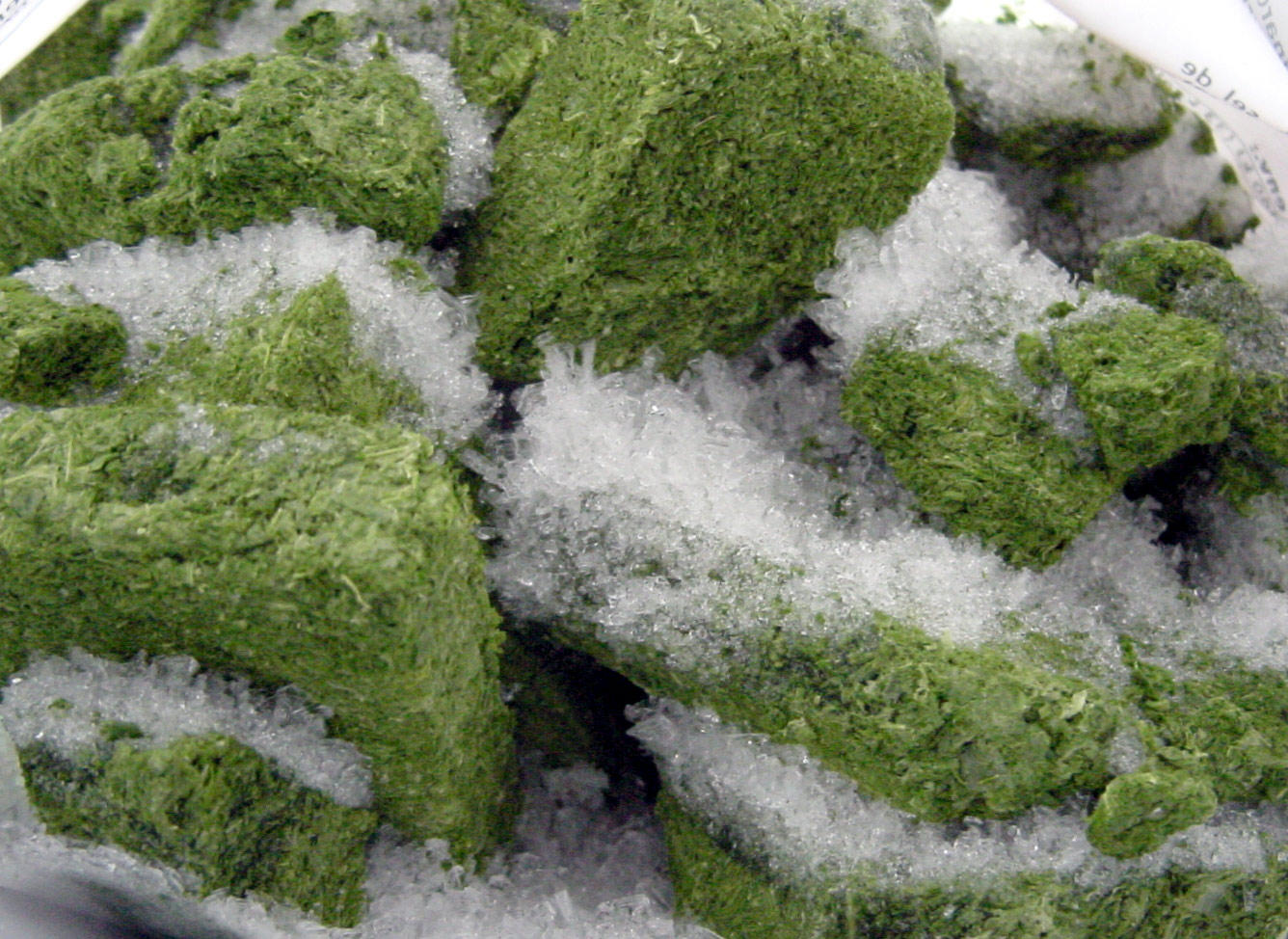




0 thoughts on “What Happens If You Touch Grass”